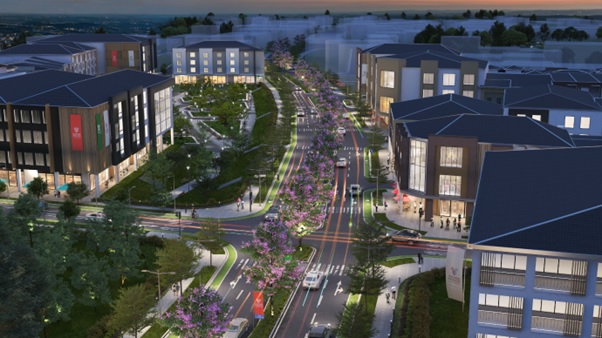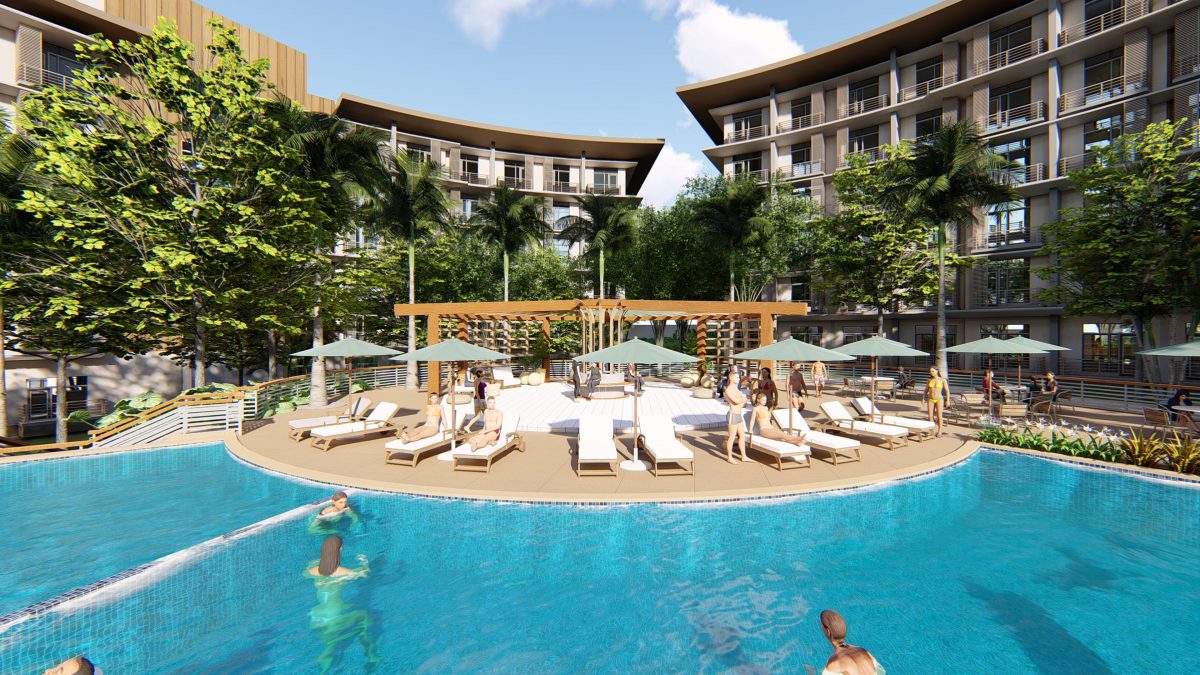Seizing opportunities up north, down south

Property developers have always been on the lookout for emerging investment hubs and locations that have tremendous potential for growth.
Outside Metro Manila, property firms have been constricted in developing new office, residential, and commercial spaces due to the dearth of developable land and rising land values.
However, while choosing alternative development options has not been easy the past couple of decades, an aggressive infrastructure push has helped facilitate developers’ landbanking initiatives. Sustained macroeconomic fundamentals have supported the growth in the progress of local governments, thus enticing national players to establish and subsequently expand their footprint in fast-growing regions such as central and southern Luzon.
Bulacan’s ascension
Bulacan had previously been bypassed by office and vertical residential developers expanding outside the Philippine capital, with major players locating in either Pampanga or the southern Luzon provinces of Cavite, Laguna, and Batangas.
But Bulacan’s property landscape is likely to change once the new Manila International Airport becomes operational. This project should raise land and property prices in the province and further unlock the potential of its underutilized areas for more property development. Bulacan’s attractiveness for office, residential, retail, and hotel projects as well as more masterplanned communities is ready to be unleashed.
The proposed international airport is a 2,500-hectare, P736 billion aviation hub with three modern passenger terminals, four runways, and eight taxiways, which will help decongest the Ninoy Aquino International Airport (NAIA). The airport project is due to be completed between 2027 and 2028.Colliers further believes Bulacan will remain a viable property investment option given its proximity to the Philippine capital.
The completion of the Metro Rail Transit-7 (MRT-7) should strengthen Bulacan’s stature as a major residential hub outside the capital region and in Central Luzon. The 22-kilometer, P68.2 billion Metro Rail Transit Line 7 (MRT-7) is already 63-percent completed as of November 2023. MRT-7 aims to cut travel time from Quezon City to Bulacan from two to three hours to 35 minutes.

Optimizing Batangas’ potential
Batangas has become a viable alternative industrial site for new and expanding manufacturing firms in the Calabarzon Region. Some manufacturers have even chosen it as their preferred site for their largest manufacturing sites in Asia.
As it is, Batangas already benefits from improved connectivity to Metro Manila due to existing expressways in Cavite and Laguna. But this should be further enhanced by the completion of Southern Luzon Expressway Toll Road 4 (SLEX-TR4), which is likely to ease the movement of people and goods within the Southern Luzon provinces of Cavite, Laguna, Batangas, and Quezon.
The continued interest in Batangas industrial parks should spill over to the residential sector.
Colliers has seen property firms offering leisure or resort-themed projects in Batangas. The fact that the province is part of Region IV-A, which is one of the major deployers of overseas Filipino workers (OFWs) and recipients of remittances, should ensure the further dynamism of Batangas’ residential and retail sectors. In 2022, Region IV-A’s economy expanded by 7.8 percent, faster than the national growth of 7.6 percent during the year.
Unlocking growth prospects from north to south
There’s no doubt property developers and residential investors and end-users are starting to notice the potential of Bulacan and Batangas as the next major property investment destinations.
Planned and ongoing infrastructure projects, as well as the launch of new integrated township communities in Bulacan and Batangas are likely to redefine the two provinces’ property landscape.
Moving forward, we recommend that developers continue with their landbanking initiatives especially outside of established business districts in Bulacan and Batangas. Colliers believes that national players should engage in partnerships with homegrown property players that have massive landbank in both Bulacan and Batangas.
Colliers further sees sustained residential demand beyond 2024, and this should buoy the price appreciation potential of vertical and horizontal projects in Bulacan and Batangas. This optimism should also partly lift demand for retail and commercial spaces in both provinces—two key localities to watch out for when it comes to exciting property developments.
Prior to joining Colliers in March 2016, Joey worked as a Research Manager for a research and consutancy firm where he handled business, political, and macroeconomic analysis. He took part in a number of consultancy projects with multilateral agencies and provided research support and policy recommendations to key government officials and top executives of MNCs in the Philippines.


















